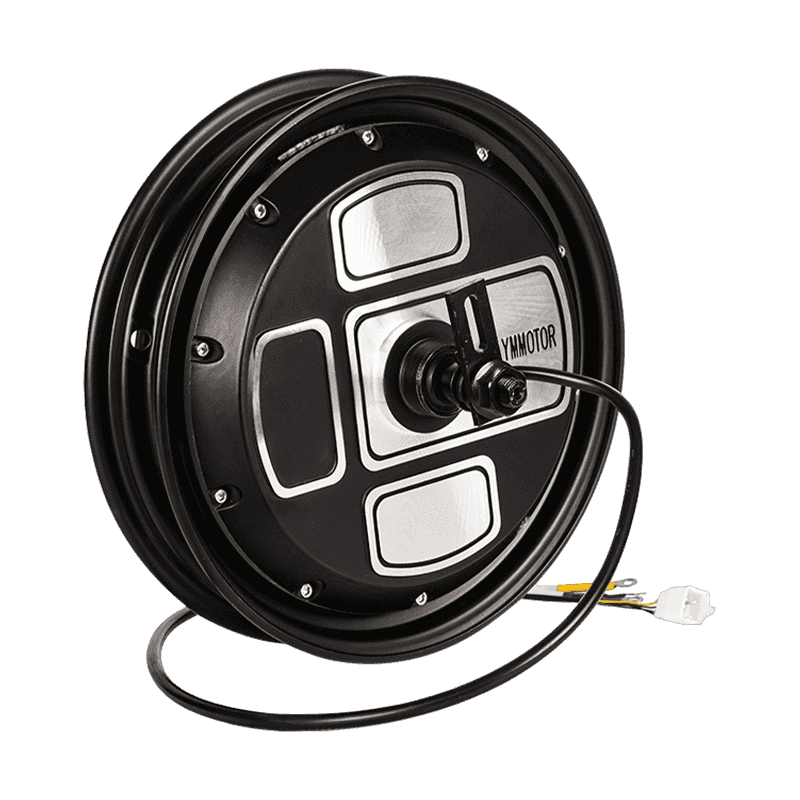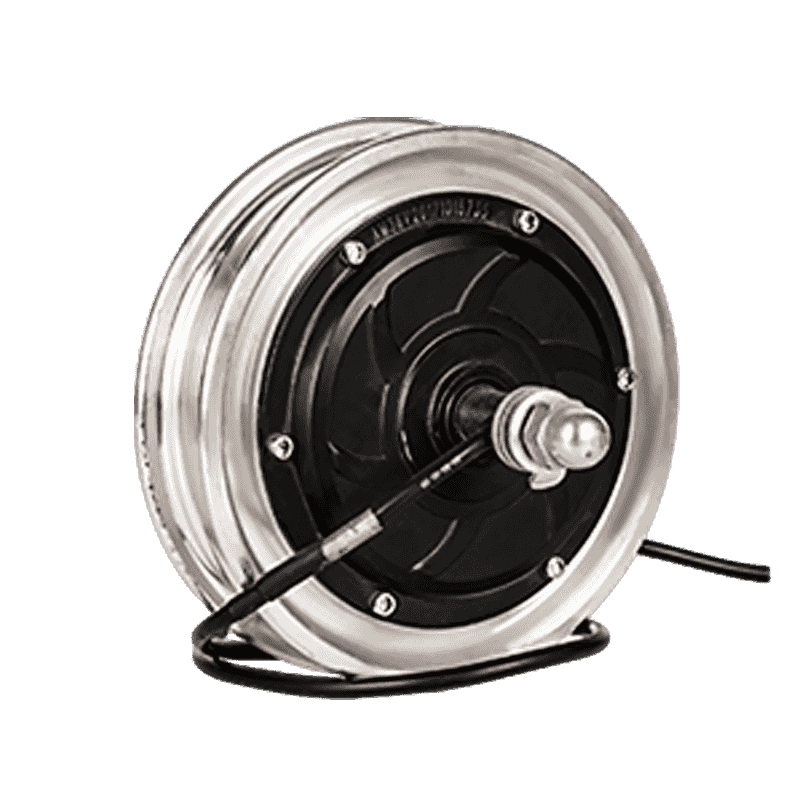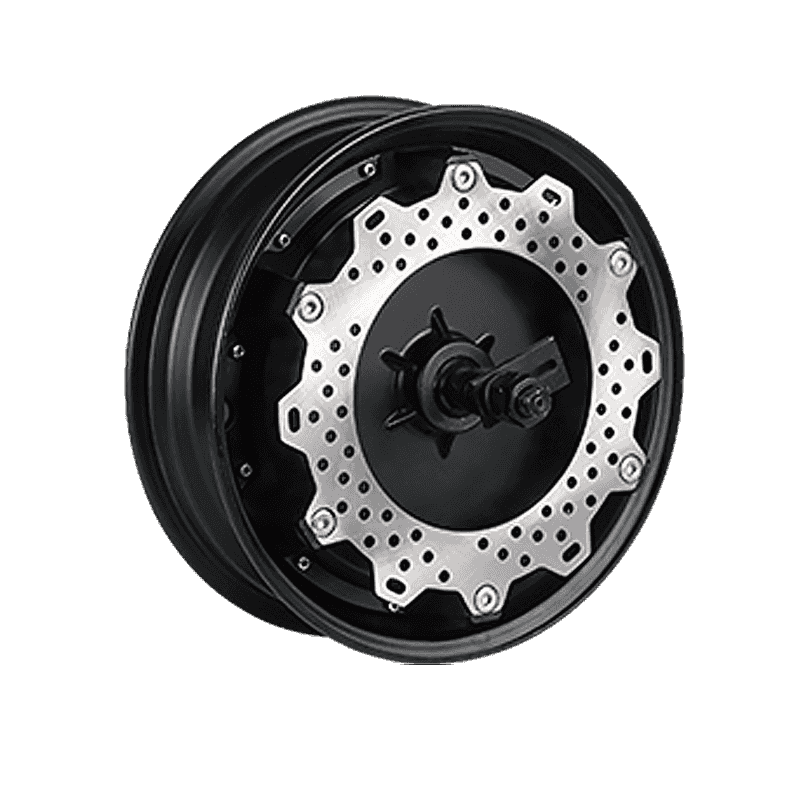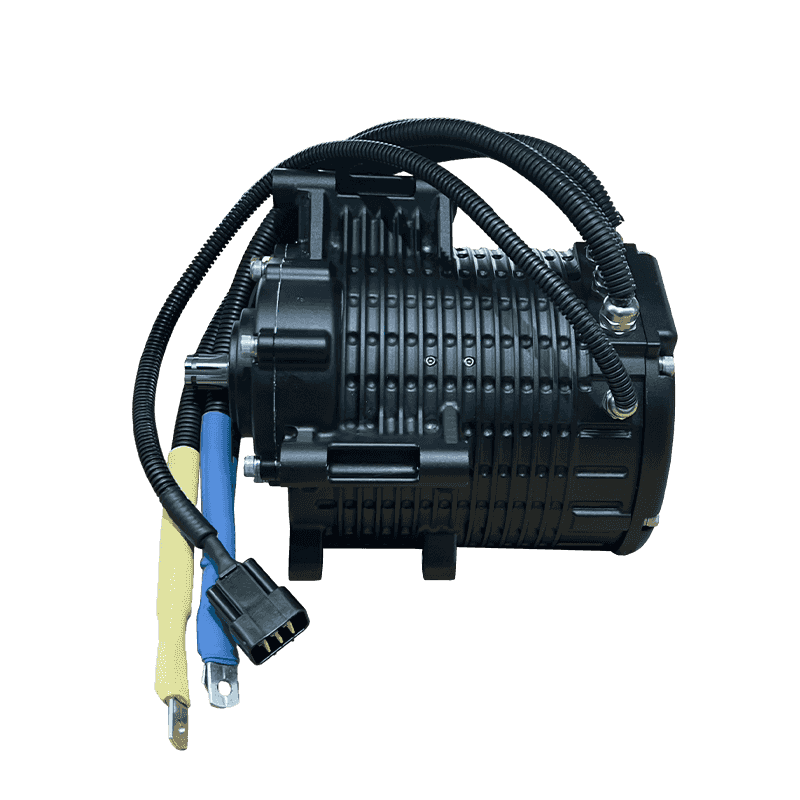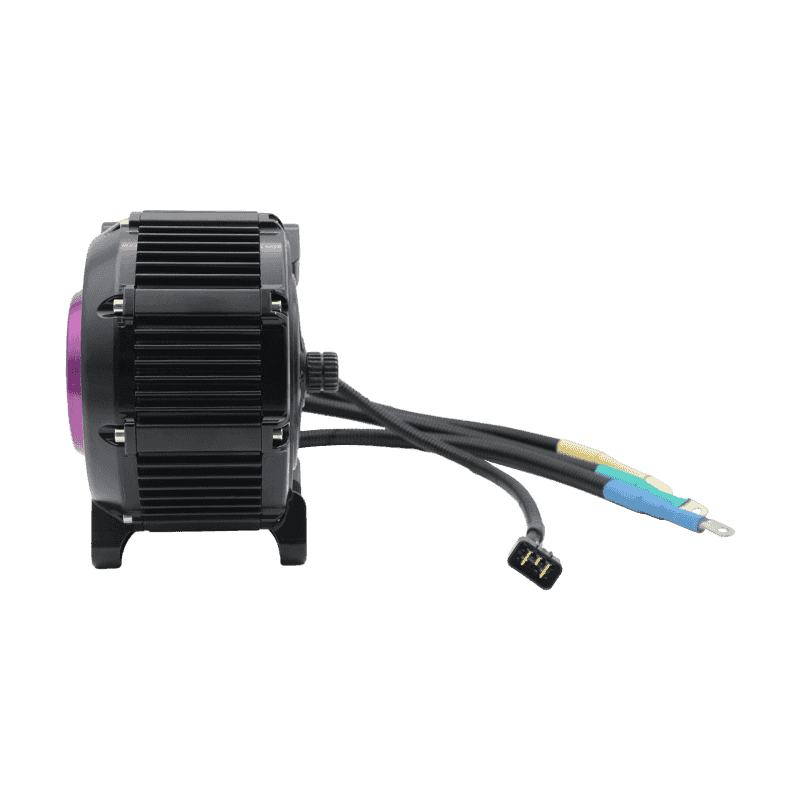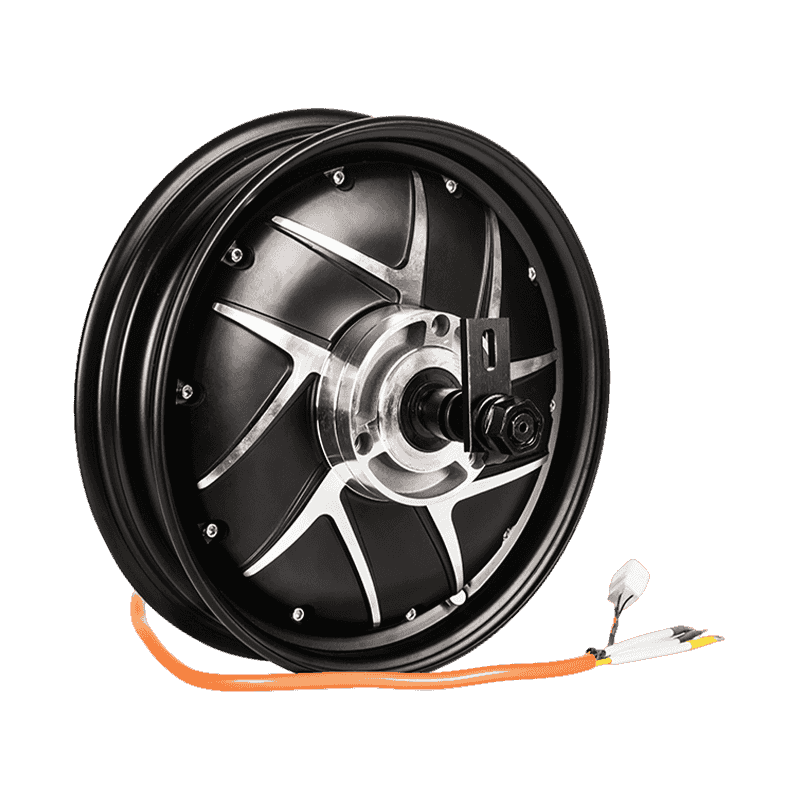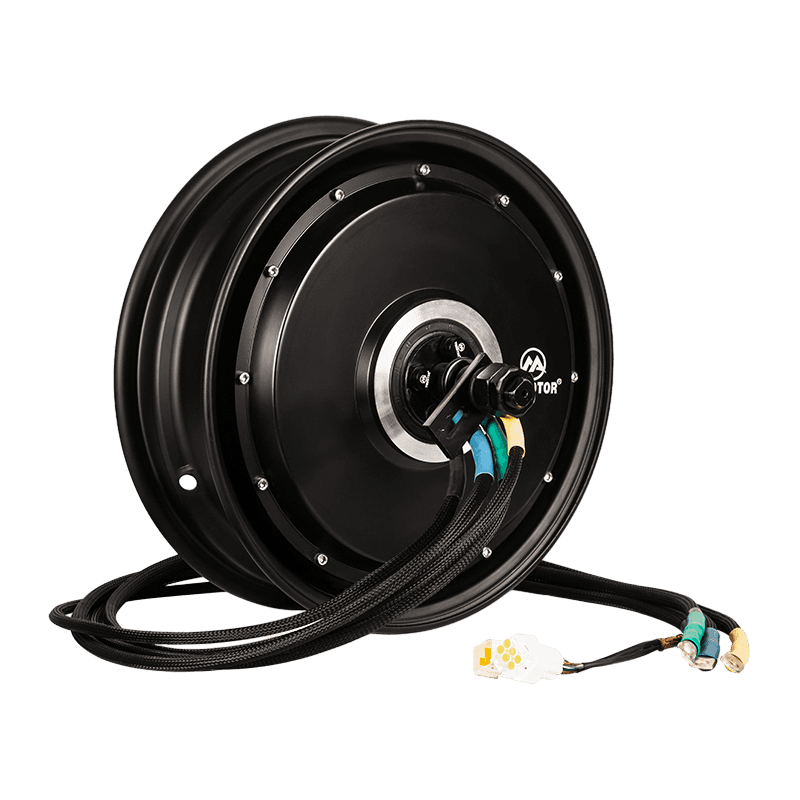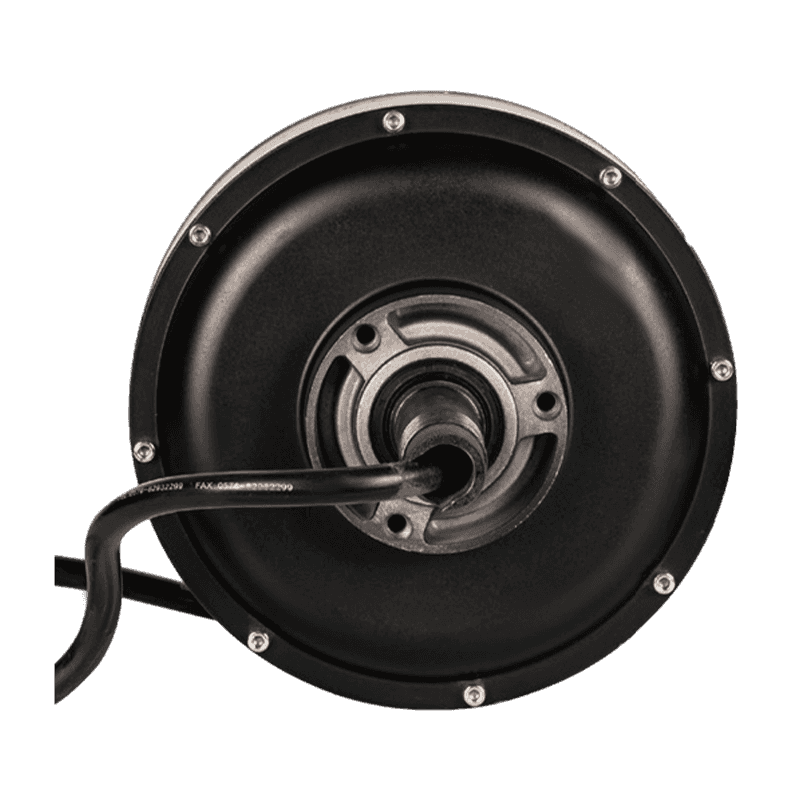The speed regulation function of the throttle control in a single shaft scooter motor is crucial for several aspects of its operation:
The throttle control regulates how quickly the scooter accelerates when the throttle is opened. By adjusting the throttle, riders can smoothly increase the speed of the scooter to match traffic conditions or desired riding pace.
In some regions, scooters may be legally required to adhere to speed limits. Throttle control allows riders to maintain speeds within legal limits by adjusting the amount of power delivered to the motor.
Efficient throttle control helps manage power consumption effectively, particularly in electric scooters. Gradual throttle inputs allow riders to optimize energy usage, extending battery life and increasing the scooter's range per charge.

Precise speed regulation through throttle control enhances rider safety and control. Riders can maintain a steady speed appropriate for road conditions, avoiding abrupt changes that could lead to loss of traction or stability.
When the throttle is closed, engine braking may engage in combustion engine scooters. This helps slow down the scooter without applying the brakes, which can be useful for descending hills or controlling speed in traffic.
A well-calibrated throttle provides a responsive and predictable riding experience. Riders can adjust speeds smoothly and quickly in response to traffic situations or road hazards.
Smooth speed regulation enhances rider comfort by ensuring that speed adjustments are gradual and predictable, reducing jerky movements or sudden changes in momentum.
The speed regulation function of the throttle control in a single shaft scooter motor is fundamental to how riders manage acceleration, maintain safe speeds, conserve energy, and ensure a smooth and controlled riding experience. It combines efficiency with safety, contributing significantly to the overall usability and performance of the scooter.


 English
English

